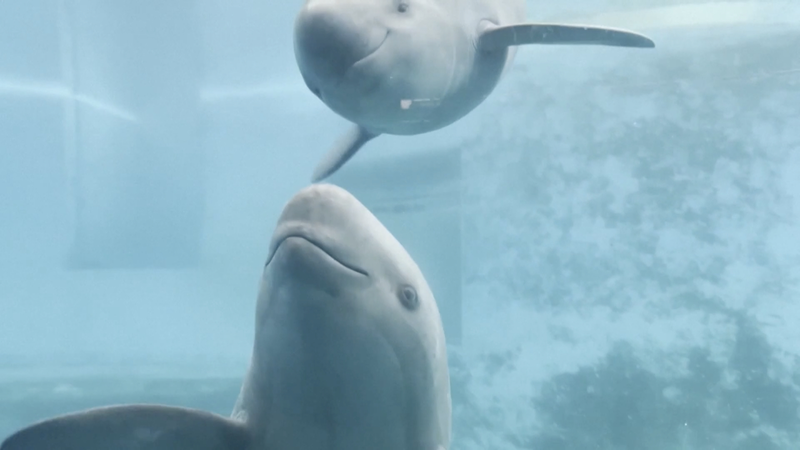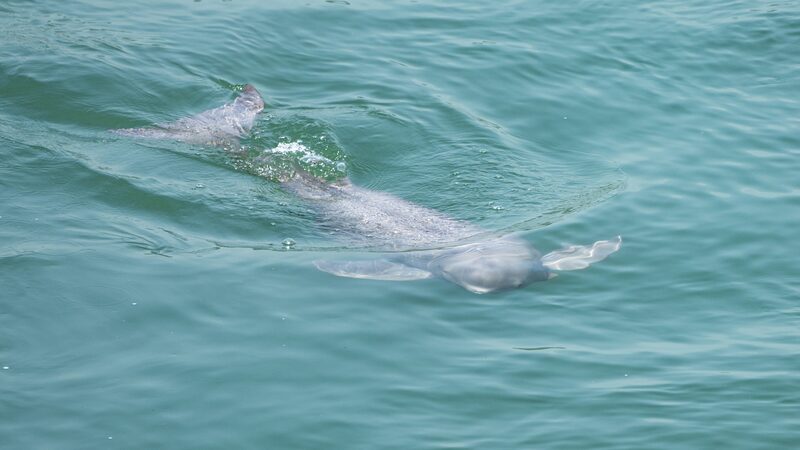China’s iconic Yangtze finless porpoise—the "smiling" aquatic star of the Yangtze River—is staging a hopeful comeback thanks to cutting-edge conservation efforts. With fewer than 1,300 left in the wild, this freshwater cetacean is rarer than giant pandas, but artificial breeding breakthroughs are turning the tide 🌊.
The Tech Saving a Species
Researchers at the Chinese Academy of Sciences’ Institute of Hydrobiology are using ultrasound scans and round-the-clock care to monitor pregnant porpoises in artificial environments. Two females are expecting calves in 2025, a milestone proving captive breeding works. "This shows they can thrive outside their natural habitat—pregnancy, birth, and growth are all possible," says Associate Researcher Hao Yujiang.
Meet Tao Tao: The Pioneer Porpoise
The real MVP? Tao Tao, the world’s first artificially bred Yangtze finless porpoise. Born in 2005, this trailblazing cetacean has helped scientists crack the code on ex-situ conservation (think: ‘Noah’s Ark’ for porpoises). Today, 12 porpoises live at the institute, with five born via assisted breeding 🧪.
From 1,012 to 1,249: A River Reborn
Recent surveys show the population jumped 23% since 2017—a win for China’s network of 8 reserves and 3 conservation zones along the Yangtze. Dubbed the river’s "ecological barometer," their recovery signals healthier waters. "This is China’s blueprint for saving endangered species," Hao adds.
While challenges remain, the porpoise’s grin might just outlast its endangered status. 🌏💙
Reference(s):
Artificial breeding boosts critically endangered porpoise population
cgtn.com



